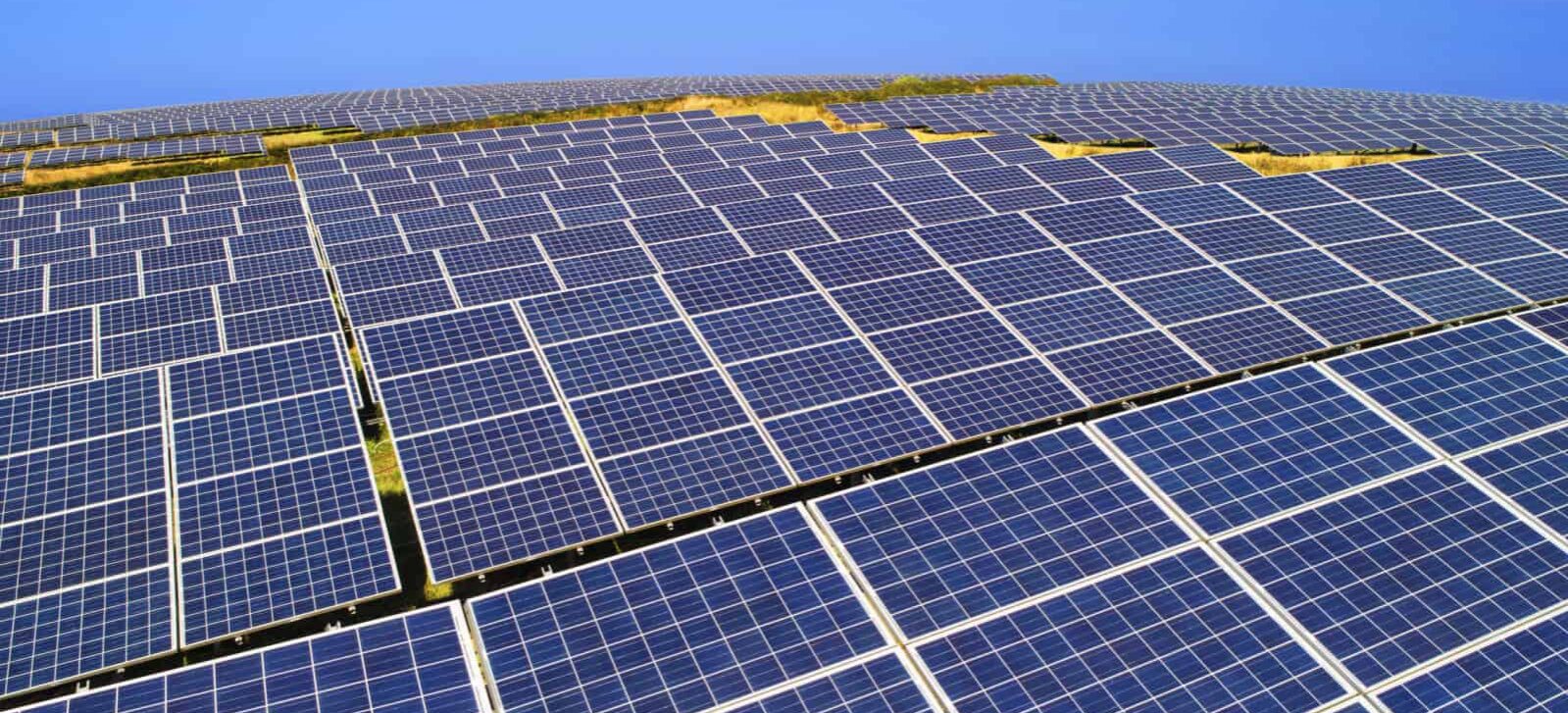With more and more people going solar every year, the future of solar energy looks bright. But do you happen to know anything about its past? Who do we thank for the eco-friendliest invention providing our homes with electricity? Let’s dive into the history of solar energy: who invented solar panels?
Who Came up With Solar Power?
Does solar power seem to you like a modern invention? Not that it isn’t innovative, but it may be older than you might have realized. Even people living in the 7th century B.C. knew how to use it. They combined the heat coming from the sun with a magnifying glass to get the fire needed for cooking.
But the history of solar panels dates back to 19th-century France. It starts with physicist Edmond Becquerel and his discovery of the photovoltaic effect.
So, what is the photovoltaic effect, you ask? That’s a fancy word for the creation of voltage and electricity by the material exposed to light. In other words, it’s the basic principle upon which all solar panels work. This discovery slowly made many other scientists curious about its effects.
Soon enough, they started using it to make their own solar-powered patents. The first among them was the work of French mathematician Augustin Mouchot. In the 1860s, he registered his engines that produced solar power. By 1888, there were a couple of other similar machines all over the world.
When Was the First Solar Cell Invented?
You already know that solar panels are made up of tiny units called solar cells. In 1888, Russian scientist Aleksandr Stoletov invented the first photoelectric solar cell. This photoelectric effect is closely related to the photovoltaic effect. And the first person to observe it was German physicist Heinrich Hertz.
But do you, by any chance, remember how solar panels work? When light hits a solar panel, it releases the electrons from the silicon inside it. When free, the electrons move toward the other side of the silicon cell. Finally, this movement creates an electrical voltage that later on powers your home.
So, the 1888 solar cell was already working on the same principle (only without the silicon). A couple of years later, other scientists used the photoelectric effect to perfect it. They learned how the sun’s light and heat could produce an electrical current. So, they started to use thermos piles (solar cells) to generate light, heat, and electricity.
What About the First Solar Panels?
One of the closest ancestors of today’s solar panels was invented by Charles Fritts. He created the first solar cell that worked on selenium. As early as 1884, the first rooftop solar construction saw the light of day in New York City. But later on, they later realized that selenium cells weren’t very cost-effective.
That’s why another scientist, Russel Ohl, replaced selenium with silicon in 1941. By the 1960s, his silicon cells became as much as 5% efficient. Today, their efficiency can reach even 22%. In other words, this is how much solar energy a system can convert into usable energy.
Final Remarks on the Origin of Solar Panels
As you’ve seen, solar power is nothing new. Even the ancient peoples used it for heat, fire, and light. They probably didn’t have a clue just how beloved the same energy would be many centuries later.
But the world saw the first ancestors of today’s solar panels only in the 1800s. They were the inventions of French, German, and Russian scientists. These machines paved the way for the solar constructions you use today.
Still, one of the biggest breakthroughs in the history of solar panels wouldn’t have happened without Russel Ohl. His use of silicon in 1941 led to the most modern solar-powered constructions.
You May Also Be Interested in Some of These Solar Topics
Beauty is in the Details with Solar
Get a free Solar Energy Estimate for your Arkansas Home
Estimating the Cost of a Solar Installation





